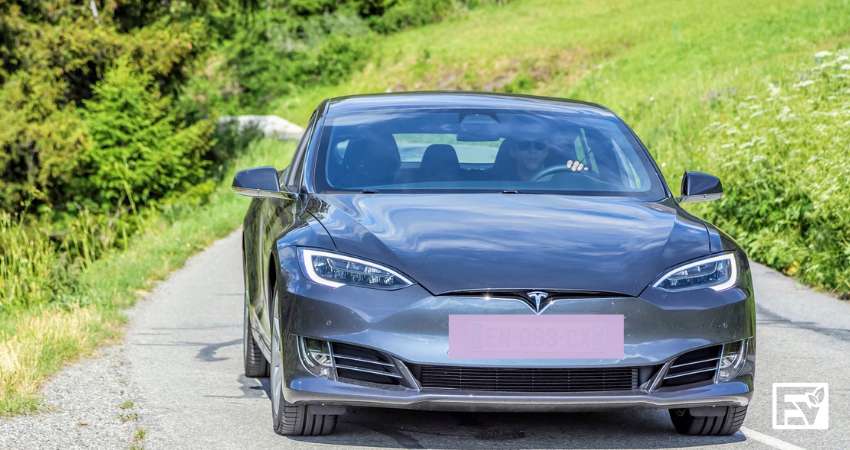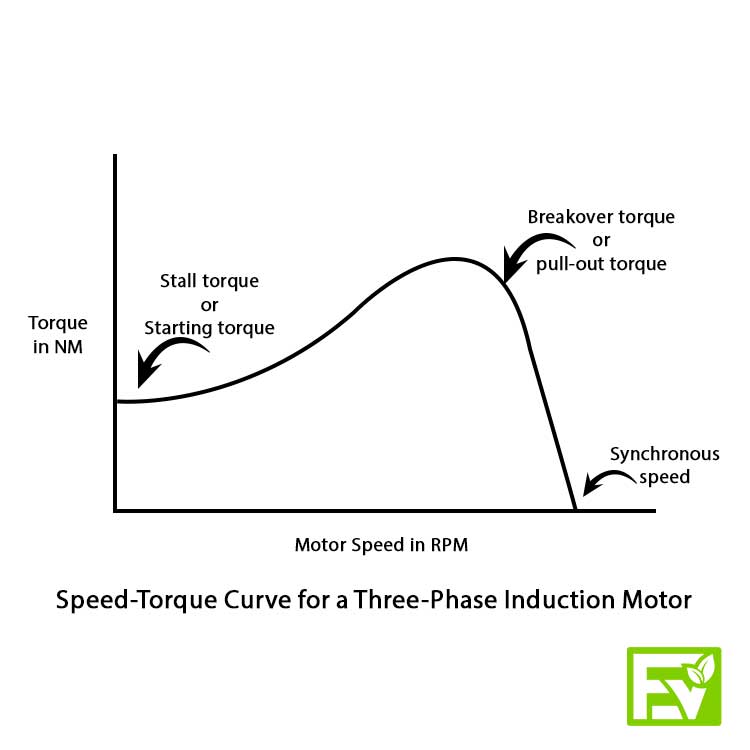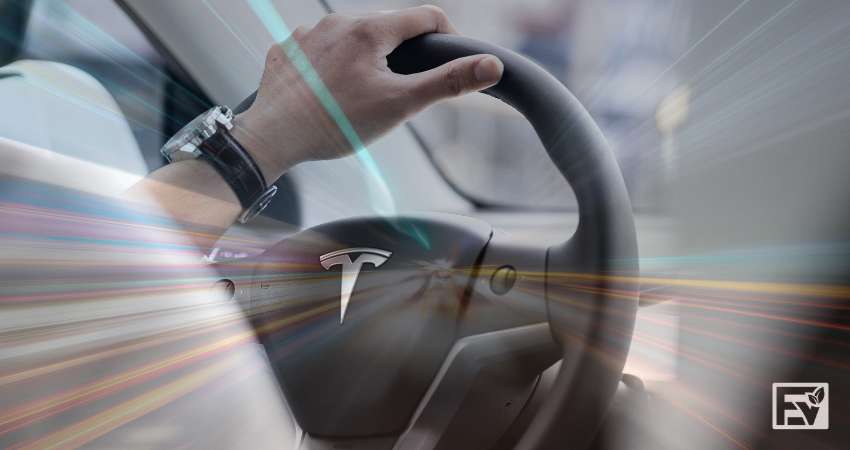Have you ever been cruising down the highway and suddenly caught a glimpse of a futuristic, high-speed vehicle leaving you in the dust? More likely than not, it was a Tesla. Known for their unmatched acceleration, Tesla vehicles have set a new standard in the automotive industry. But why are Teslas able to accelerate so quickly? Is it just a result of their electric motors, or is there more to the story? We need to delve into the technology and engineering behind Tesla’s acceleration capabilities and explore what sets them apart from traditional gasoline-powered cars.
Tesla’s incredible acceleration is a result of three key factors: sleek engineering, powerhouse battery technology, and superior road grip. Fewer moving parts between the motors and the tires, quick battery discharge, and exceptional road grip play the key role.
Why Does Tesla Accelerate Faster? Explanation
Simpler Design
Less incorporation of moving parts in electric vehicles is the secret sauce of their incredible acceleration. Unlike gasoline-powered cars, electric vehicles like Tesla do not take long before the ‘movements’ in the engine or the motor reach the wheels. Confused? Let us simplify it. The internal combustion engine (ICE) is like a domino toppling mechanism – it all starts with the fuel-air mix blast pushing the piston, which then powers the crankshaft. This chain reaction continues through the transmission, drive shaft, differential, and finally the wheels. However, this lengthy process can compromise efficiency and result in delayed acceleration.

On the other hand, electric cars have a simpler power transmission mechanism. The main components include the battery, power controller, inverter, motors, and drive shaft. Electric power is transmitted at the speed of light, and movement only begins at the motors, which are almost directly connected to the wheels. This simpler mechanism makes electric cars like Teslas incredibly efficient and powerful, with lightning-fast acceleration.
High Power Density
The power density of a battery refers to the rate at which a battery discharges—the higher it is, the quicker it will energize the motor and, in turn, rotate the wheels. Though Tesla has not made public the power density figures of its vehicles, simple reasonings tell us that they are pretty high. The Tesla Model S Plaid+ is a powerhouse of performance, boasting impressive numbers. With its 100 kWh battery pack, it can reach a speed of 60 mph in under 2 seconds, making it one of the fastest accelerating electric vehicles currently available.
When compared to the Porsche Tycan Turbo S, which reaches 60 mph in 2.8 seconds with its 93.4 kWh battery, the Model S Plaid+ is in a league of its own. Both cars have similar designs and features, but Tesla’s quicker battery delivery system gives it the edge in speed.
Better Traction
Since traction is a vital medium for achieving better accelerations. If a vehicle has a bad road grip, the tires will rotate for many parts in the air without making the necessary road contact. It eventually led to a delayed response. Well, Teslas have addressed this issue just right! The manufacturer has designed the cars quite smartly by gleaning together many cool engineering design features. Firstly, Teslas are the heaviest of the electric cars—add the weight and the tires will stick to the road more firmly. Secondly, these cars continuously monitor the traction in each tire and adjust the torque accordingly whenever the road grip begins to deteriorate.
Tesla Performance Upgrades/Ludicrous Mode
Ludicrous Mode is a feature available on certain Tesla electric cars that allows the vehicle to accelerate faster than normal. The Ludicrous mode is a revolutionary feature that allows electric vehicles to achieve unprecedented levels of acceleration and performance. It works by using a specialized fuse that can handle more current than a standard fuse, allowing the battery and drivetrain to deliver more power to the electric motors.
First introduced in 2014, the Ludicrous mode debuted in Tesla vehicles only after 2016 and was later discontinued in 2021. However, you can still find Model S and Model X cars equipped with this feature.
But, Tesla’s Ludicrous + mode takes things to the next level. It heats the batteries to an optimal temperature immediately, which increases the torque by 60%. This allows the car to use up to 100% of its available power. Additionally, some Teslas also come with the Insane mode, which is slightly less powerful than the Ludicrous mode, it increases the peak torque by 30%.
ICE vs. Electric Cars: Where Does Tesla Acceleration Stand?
ICE vehicles rely on the internal combustion of fossil fuels to generate power, which is then transmitted to the wheels. Conversely, EVs like Tesla uses electric motors to generate power, the is delivered instantaneously to the wheels, resulting in immediate acceleration.
In comparison, Teslas tend to have faster acceleration than ICE vehicles due to the instant torque generated by electric motors and the lack of gears in EV powertrains. However, ICE vehicles often have a higher top speed and better overall performance when cruising fast. Additionally, ICE vehicles can take advantage of a range of different fuels, while Teslas are solely dependent on their batteries. But it is worth noting that ICE acceleration is much dependent on the brand and make of each car—some of those can beat Tesla in acceleration.
Overall, ICE cars generate peak torque only at certain RPMs while electric vehicles can do it at many levels. We get an accurate description from the comparison of the curves of an EV and an ICE car.


Which Tesla Has the Fastest Acceleration?
So far, the Model S Plaid+ is the quickest Tesla ever built. It can hit 60 mph speed in just 1.99 seconds. It can generate 1.15 longitudinal acceleration force, enough to pin the driver back to the seat of the car. Launched in 2021, the car is equipped with a 95 kWh battery having a range of approximately 400 miles. Its maximum speed is around 216 mph. All Tesla models with their accelerations are as follows:
|
Model |
Time for Zero to 60 mph (seconds) |
|
S Plaid+ |
1.99 |
|
3 |
3.1 |
|
X |
3.8 |
| Y |
4.3 |
Is Tesla the Fastest Accelerating Electric Car in the World?
No, Tesla is not the fastest accelerating car in the world of EVs since several other competing cars are known to have mind-blowing accelerations. Take the Rimac Nevera, for instance. The manufacturer claims this car can jump from zero to 60 mph speed in just 1.85 seconds. It is faster than the fastest Tesla, i.e., the Roadster. Tesla says that the New Roadster will be launched in 2023 and will be able to achieve 60 mph speed in 1.9 seconds.
Why Does Not My Tesla Accelerate Faster?
- Battery Charge Level: The amount of energy stored in the battery can impact a Tesla’s acceleration. If the battery is not fully charged, or if the charge level is low, the car may not be able to accelerate as quickly as it would with a fully charged battery.
- Road Conditions: Wet or slippery roads can reduce traction and make it harder for the car to accelerate quickly. Similarly, if the road is covered in snow or ice, it may be more challenging for the car to get traction and accelerate.
- Vehicle Load: The weight of the vehicle can also impact acceleration. If the car is carrying a heavy load or has a full passenger capacity, it may not be able to accelerate as quickly as it would with a lighter load.
- Software and System Problems: If the car’s software is not working fine, it may not be able to perform as well as it should. It might end up delaying the commands to move, causing a car not to attain speed as quickly as it should. Specifically, if your Tesla’s traction control is not okay, it will have issues maintaining the proper acceleration.
Concluding Remarks
Tesla’s acceleration is a thing of beauty—a symphony of engineering and technology. Fewer moving parts for instant torque, high-density batteries for quick discharge, and superior road grip all come together to create a driving experience like no other.
The smooth and swift acceleration is matched by advanced technology, making the driving experience both exhilarating and efficient. And with continued improvements in technology, the future of Tesla’s acceleration looks even brighter. Imagine a world where we can go from zero to 60 in a blink of an eye—that could be the future of Tesla acceleration!


